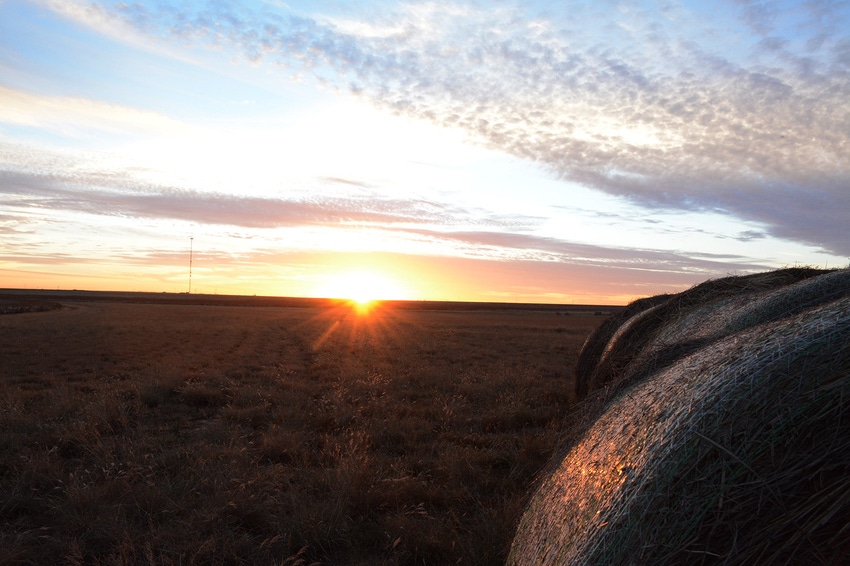November 21, 2017

Farm families across America are struggling. Crop prices are down. Farm incomes have fallen drastically in the past several years and weather disasters have hit farms in most parts of the country. And the pain is trickling down to small businesses and communities throughout rural America. Yet, some lawmakers are pushing proposals that will make it nearly impossible for farmers to rebound.
Senators Jeff Flake (R-AZ) and Jeanne Shaheen (D-NH) and Rep. John Duncan (R-TN) recently introduced bills to eliminate premium support for the harvest price protection component of the Revenue Protection crop insurance policy. Revenue Protection protects against a loss of revenue caused by low prices or low yields or a combination of both. Revenue Protection has become a valuable risk management tool for farmers across the United States and accounts for more than 75 percent of the Federal crop insurance policies sold today.
One of the key components of the revenue policy is the utilization of the fall harvest price, which allows a farmer to receive the greater of the fall harvest price or the projected harvest price to insure against revenue declines. The loss due to an increase in the harvest price occurs when a farmer suffers a yield loss. Those lost bushels are worth more when the harvest price increases and therefore the loss of revenue is greater because the insured could not sell the bushels lost at the higher price. The farmer automatically has harvest price protection when buying an RP policy, but can choose to exclude it by selecting the Harvest Price Exclusion. If the farmer opts to do so, he or she will pay a lower premium rate.
"This legislation specifically targets crop insurance policies that farmers pay more for out of their own pockets to provide some revenue stability amid price declines and low yields," said Tom Zacharias, president of National Crop Insurance Services.
He continued: "Amazingly, supporters of this anti-farmer proposal tout taxpayer benefits as the justification for weakening the farm policies that are so important today. This is disingenuous considering farmers help pay for their own insurance protection and crop insurance represents less than one-third of one percent of federal spending. It is also worth noting that crop insurance is operating below budget projections."
Zacharias also noted that, despite critics' accusations, revenue policies are not paying out frequently. In its current form, RP has only been available since 2011. However, according to an NCIS analysis of soybean and corn price movements, had RP been in effect since 1990, the price component would only have triggered in 11 out of 28 years for soybean farmers and even less for corn farmers – only eight out of the last 28 years.
NCIS analysis also shows a drastic increase in insurance costs for farmers if this proposal is enacted. A corn farmer in Illinois who selects the highest level of coverage for an RP policy – 85 percent – would see premiums climb by almost 30 percent. Meanwhile, premiums at the 75 percent coverage level would increase by a staggering 98 percent.
Such increases in premium would likely result in dramatic declines in overall crop insurance participation. Farmers would lose an essential risk management tool and be more inclined to turn to Congress to pass expensive, taxpayer-funded disaster packages when revenues plummet.
Farmers all across America have repeatedly asked Congress to protect crop insurance – to keep it available and affordable for all farmers. Unfortunately, this proposal would do exactly the opposite, leaving many without the means to weather these tough economic times.
You May Also Like




